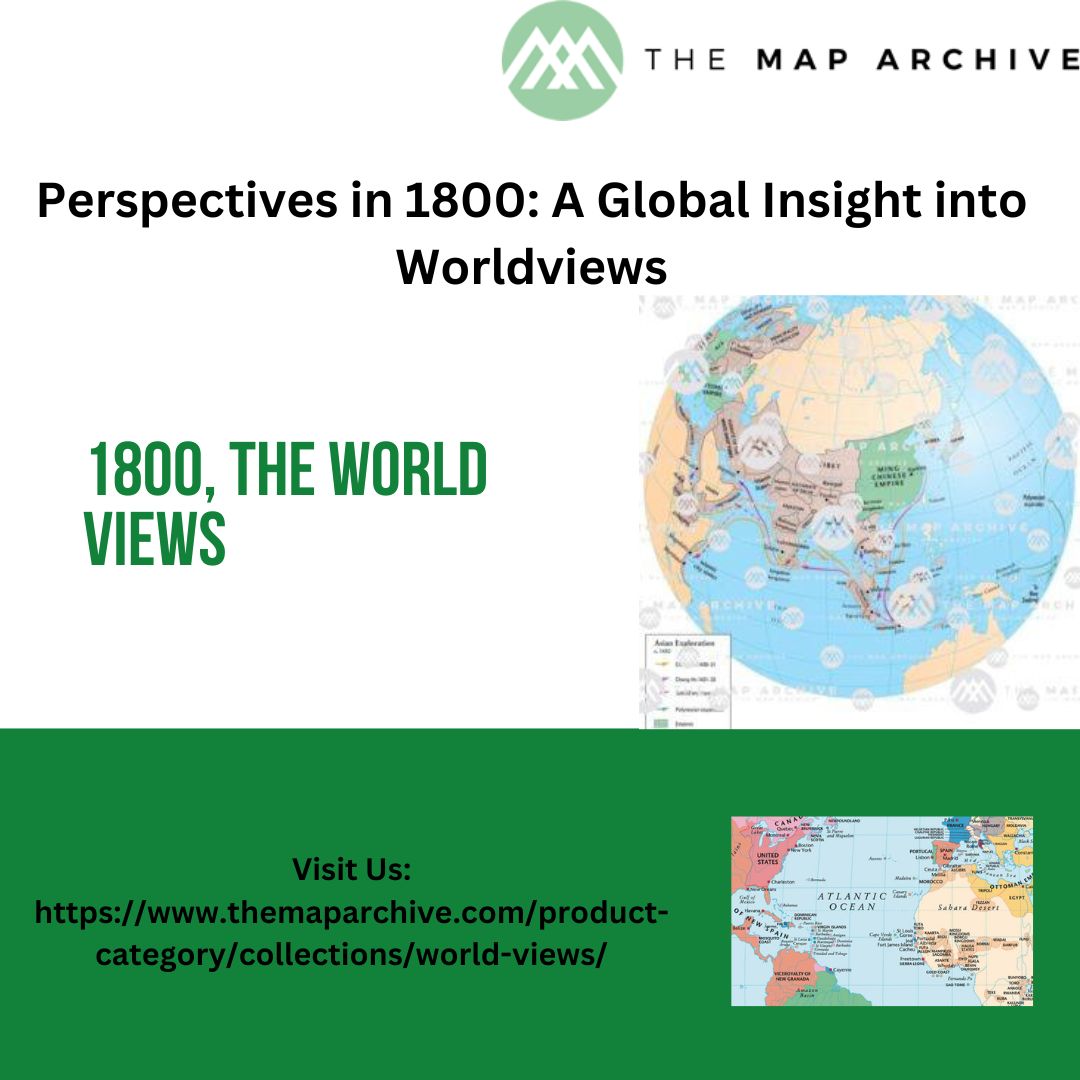Introduction:
In the realm of historical cartography, maps serve as invaluable windows into the past, offering glimpses of bygone eras and the landscapes of yesteryears. Among these, the world map of 1800 holds particular significance, encapsulating a pivotal moment in human history marked by exploration, empire-building, and geopolitical shifts. In this article, we embark on a journey through time, exploring the world as it appeared two centuries ago through the lens of cartographic archives.
The Global Landscape of 1800:
The year 1800 witnessed a world in flux, shaped by the legacies of colonial expansion, scientific enlightenment, and burgeoning industrialization. Europe, with its vast empires and maritime prowess, stood at the center of global affairs. The British Empire, extending its reach across continents, emerged as a dominant force, while France, under Napoleon Bonaparte, sought to reshape the geopolitical landscape through conquest and diplomacy.
Across the Atlantic, the United States was still in its infancy, having recently gained independence from Britain, yet already asserting its presence on the world stage. Meanwhile, in Latin America, the seeds of revolution were being sown, as colonies sought liberation from Spanish and Portuguese rule.
In Asia, the Qing Dynasty held sway over China, while the Mughal Empire continued its decline in the Indian subcontinent, making way for the rise of British colonialism. In Africa, the continent remained largely untouched by European powers, though the slave trade had left its mark on many regions.
Exploration and Discovery:
The early 19th century was a period of exploration and discovery, with intrepid adventurers setting sail to chart uncharted waters and map the unknown. Expeditions led by figures such as Captain James Cook and Alexander von Humboldt expanded the boundaries of geographic knowledge, uncovering new lands, flora, and fauna.
Maps from this era reflect both the excitement of discovery and the limitations of knowledge at the time. Blank spaces and inaccuracies abound, particularly in regions far removed from European centers of power. Yet, these maps also serve as testaments to human curiosity and the relentless pursuit of knowledge.
Geopolitical Tensions and Conflicts:
The world of 1800 was not devoid of strife and conflict. Europe, in particular, was a powder keg of competing interests and alliances, with the Napoleonic Wars looming on the horizon. The struggle for dominance played out across continents, as empires vied for territory and resources.
Maps of the period often reflect these geopolitical tensions, with borders in flux and territorial claims hotly contested. Cartographers employed by rival powers sometimes produced maps with deliberate inaccuracies or omissions, serving as tools of propaganda and diplomacy.
Legacy and Influence:
The world map of 1800 continues to exert influence on our understanding of history and geography. It serves as a reminder of the interconnectedness of human civilizations and the enduring legacy of colonialism and imperialism. Yet, it also reflects the resilience of indigenous cultures and the rich tapestry of human diversity.
In recent years, efforts have been made to digitize and preserve historical maps, making them accessible to scholars, students, and enthusiasts around the world. Online archives such as the David Rumsey Map Collection and the British Library's Map Collection provide a treasure trove of resources for those interested in exploring the world of 1800 and beyond.
Conclusion:
In the annals of cartographic history, the world map of 1800 occupies a unique place, offering a snapshot of a momentous period marked by exploration, conquest, and cultural exchange. As we journey through the landscapes of the past, we gain insights into the forces that shaped our world and continue to resonate in the present day. Through the preservation and study of historical maps, we ensure that the voices of the past are not forgotten, but rather, serve as guides for navigating the complexities of our shared human experience.





Comments